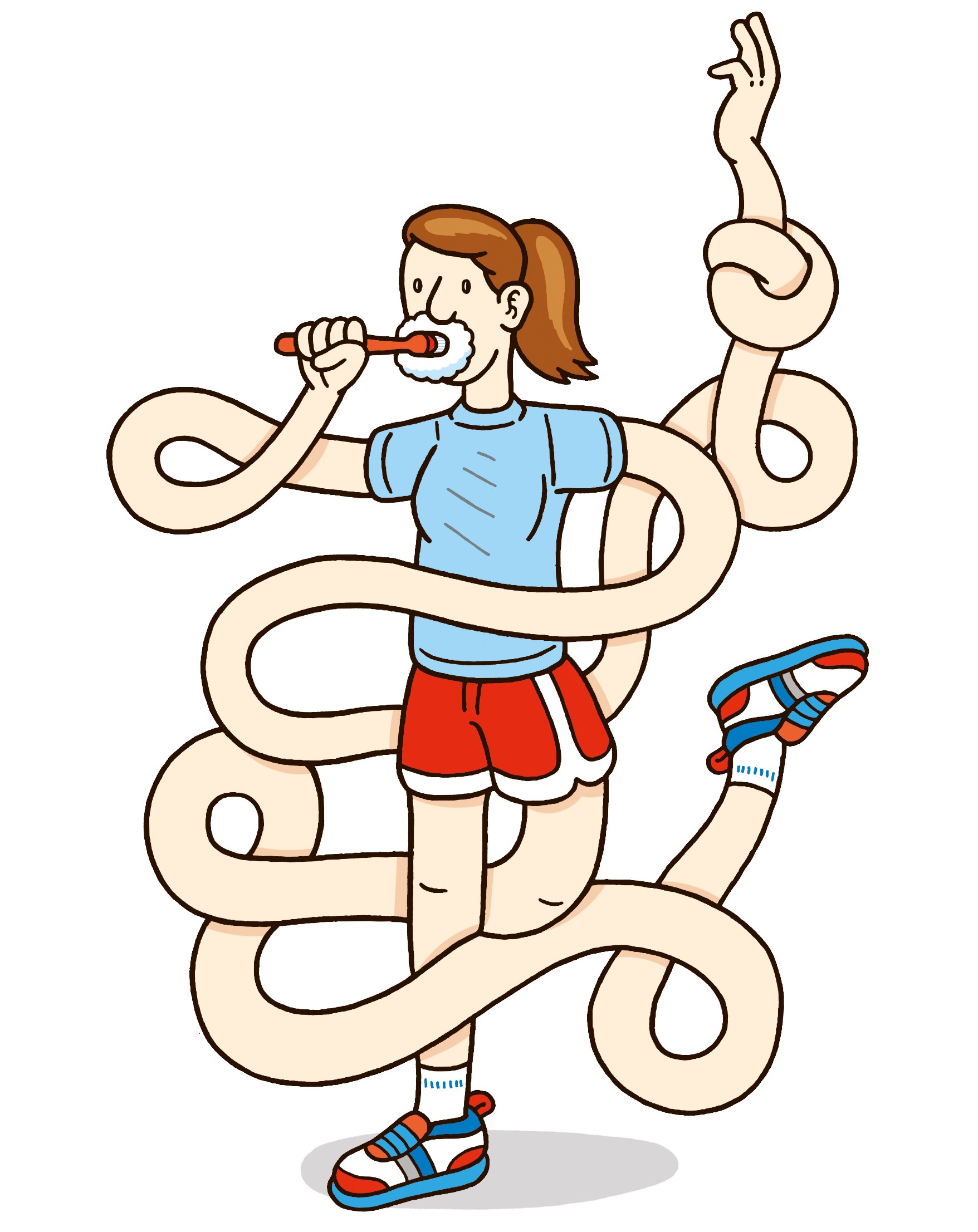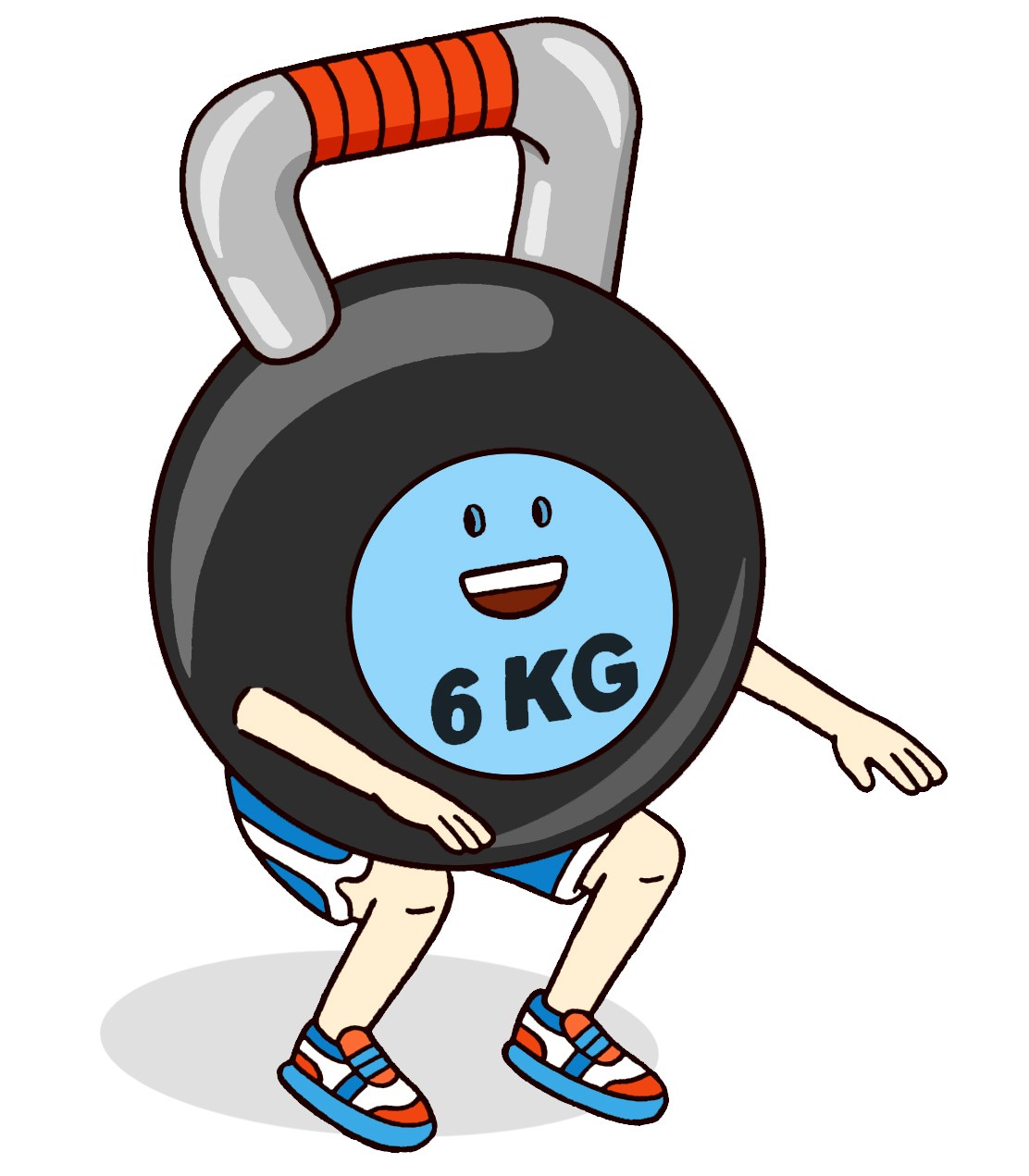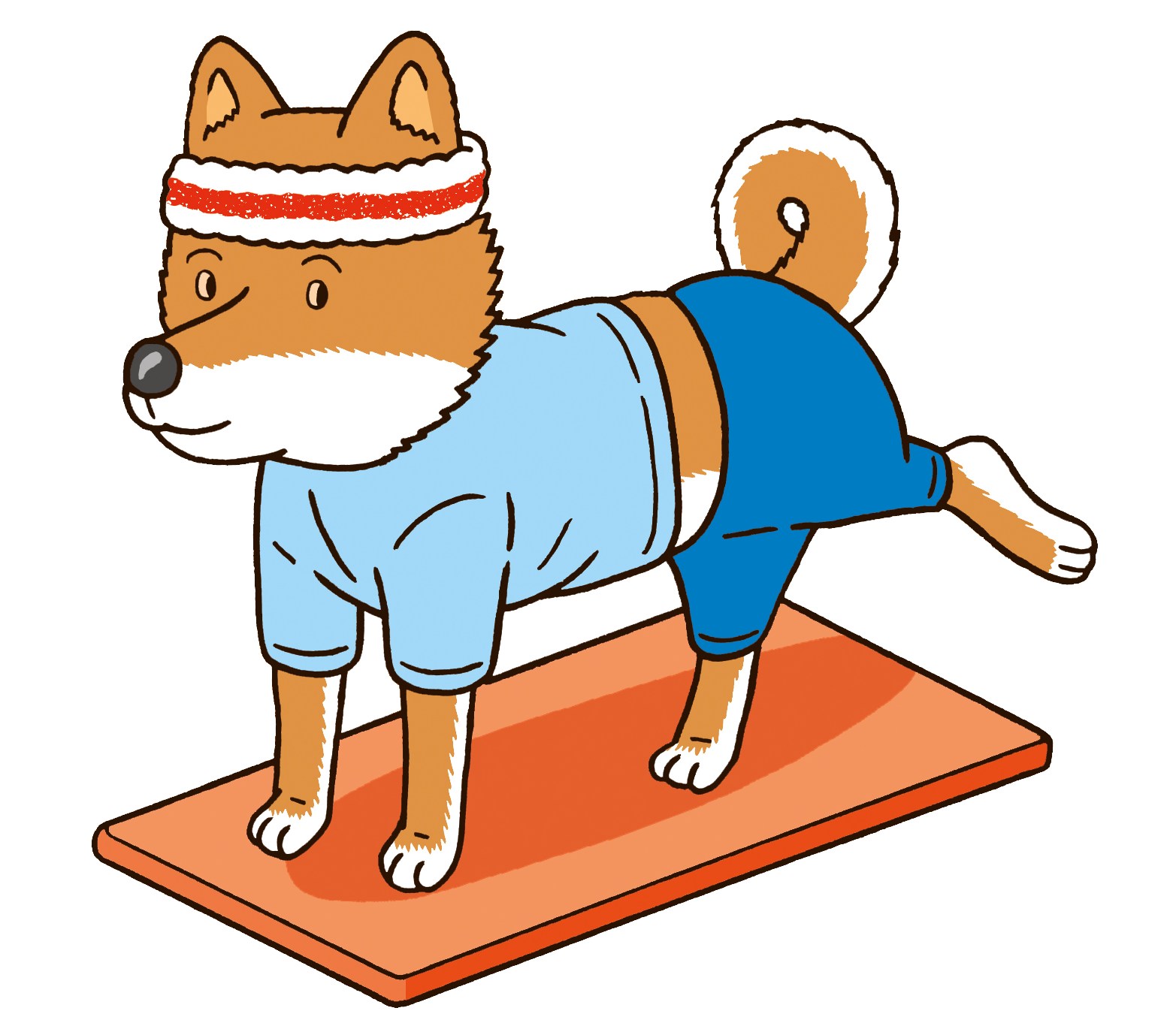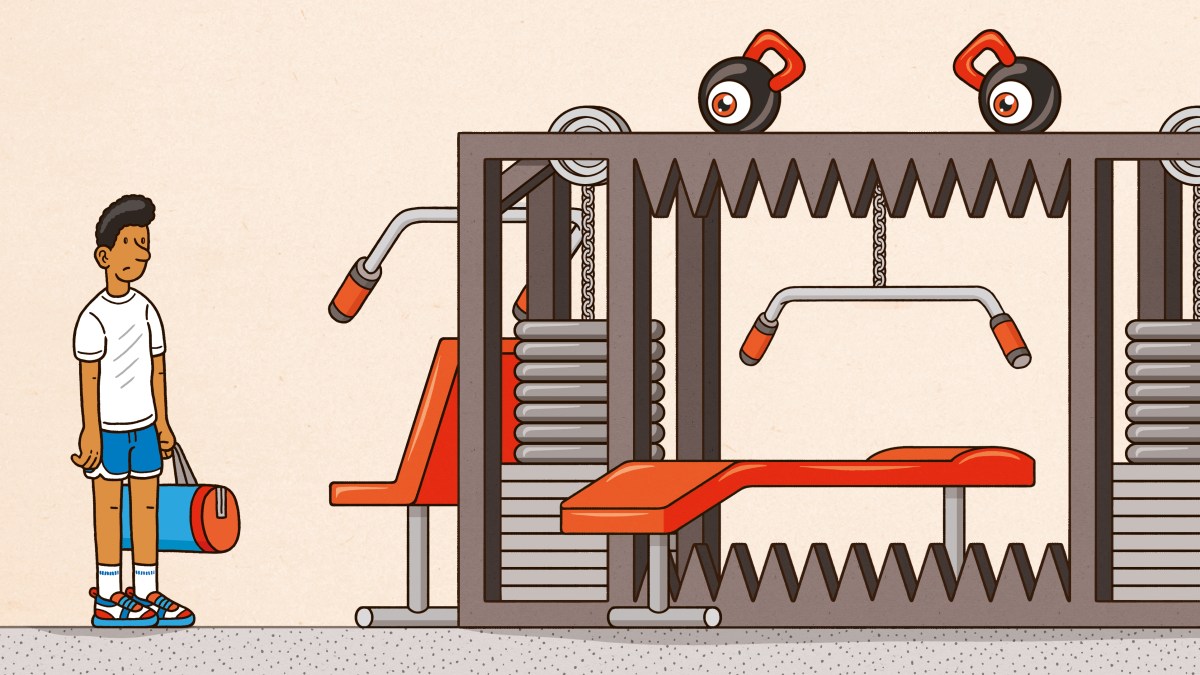The government recommends that adults do at least 150 minutes of moderate exercise a week, at least some of which should be strength-based training. However, you don’t need to master lots of intimidating gym equipment to achieve these goals — here are seven functional exercises the experts recommend we perform at least once a week that you can do at home or in your local park.
Just five minutes a day of stretching can make a big difference to our flexibility, says Alison Eitner, the founder of Stretch Therapy UK. Try standing on one foot and rotating the other ankle while you brush your teeth or pulling your shoulders back before you start your day of work. Spine rolls are a good morning stretch. From standing, bend the spine one vertebra at a time, moving from the neck to the base of the spine until you are bent over. Reverse the movement to stand upright again.
These simple moves “train your body to stay mobile and responsive without feeling like a chore”, Eitner says. Start with 1-3 sets of 5-10 reps at a time, then try bumping it up to 15 minutes, 3-4 times a week. “You’ll start to feel noticeable gains in mobility, nervous system regulation and injury prevention,” she says.

• The best stretches for flexibility that could help you live longer
2. Active walking
Don’t aim to reach 10,000 steps a day by simply pottering round the house. “Studies have shown walking at a minimum of 100 steps a minute starts to have a physiological benefit for your body,” says Joanna Hall, a sports scientist and the founder of the WalkActive fitness programme. “When you reach 120 steps a minute you are getting the same benefits as jogging.” How do you know that you’re keeping pace? “It should feel a little breathy and you’ll be a bit sweaty.” Try to incorporate walking downhill too. “It will help to open up your hip flexors and improve your posture, stride and pace.”
• Walk, don’t run! How to do 8,000 steps indoors
3. Squats
Squats aren’t just about achieving a Kardashian-esque posterior. “The ability to stand up from a seated position without using your hands — what doctors call the “sit-to-stand test” — is one of the strongest predictors of mobility, self-sufficiency and even longevity,” says the calisthenics instructor Lucy Joslin. “If you want to thrive in later life, start squatting now. It’s not about lifting heavy weights, it’s about being able to get off the lavatory unassisted when you’re 80.”
Joslin suggests starting with three sets of 10-15 squats, 2-3 times a week. “Focus on control and full range of motion, not speed. You can scale the movement by adding weights, increasing reps and slowing the tempo. Try a three-second descent and three-second rise or a pause at the deepest point to build strength and control.”
 4. Fire hydrants
4. Fire hydrants
An exercise playfully named after a dog cocking its leg, the fire hydrant is performed on all fours and involves lifting one leg at a time out to the side while keeping the core and back still. “It mainly targets the gluteus medius and hip abductors,” says Anya Lahiri, a trainer at Barry’s Bootcamp. “Not only will it give you a toned bottom but it will also stabilise your spine and hips, prevent injuries, knee and back pain and target your core.”
Aim for three sets of 8-12 reps, 2-3 times a week. “This move strengthens all the muscle groups needed for running, so it is a brilliant addition if you are pounding the pavements regularly.”
5. Push-ups
“Push-ups are the gold standard for upper-body strength, working your chest, shoulders, triceps and core,” says Louisa Drake, founder of the personal training studio the Louisa Drake Method. “The movement translates directly to everyday activities and is a good measure of strength and muscular endurance.” Focus on keeping a straight line from head to feet. Aim for 2-3 sets of 8-12 reps, 2-3 times a week. Beginners can start on their knees.
• The four exercises you should do to boost your brain
6. Split squats
This is the move that the personal trainer Luke Worthington incorporates into his training programmes more than any other lower-body exercise. Working one leg at a time, it involves standing in a lunge position and then squatting to lower the trailing knee towards the ground. “Split squats build leg strength, co-ordination, balance and mobility,” Worthington says. “Use a wall for support if needed and limit the depth at first.” Start with 2-3 sets of 8-12 reps per leg, once or twice a week.
 7. Pilates chest lift with arm reach
7. Pilates chest lift with arm reach
Counteract poor posture by doing a Pilates chest lift with arm reach. “This will strengthen the upper abdominals, stabilise the shoulder girdle and promote deep core engagement,” says Aimee Victoria Long, a personal trainer. Lie on your back with your knees bent, feet flat on the floor and arms by your side. Tighten your core and gently lift the head, neck and shoulders, raising your arms off the ground. Beginners can support the head with hands to reduce neck tension. Hold for as long as you can, aiming for 30 seconds, then relax back down. Progress by adding light hand weights or holding the lifted position for longer. Aim for three sets of 10-15 reps, 2-3 times a week.
